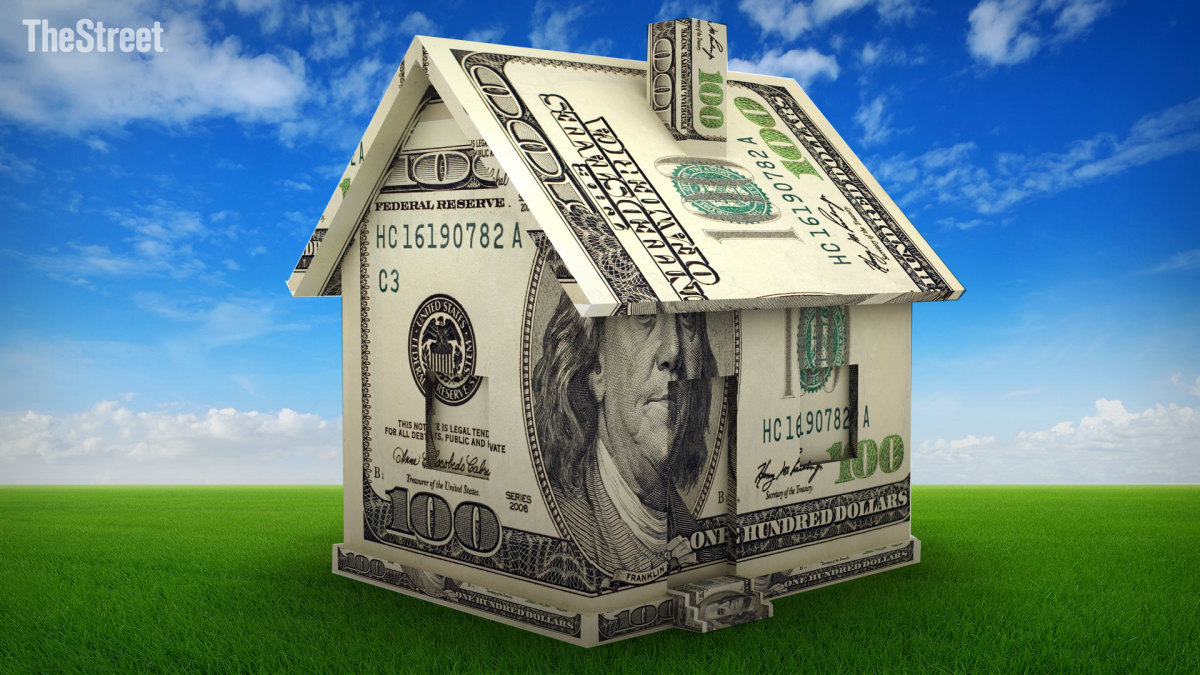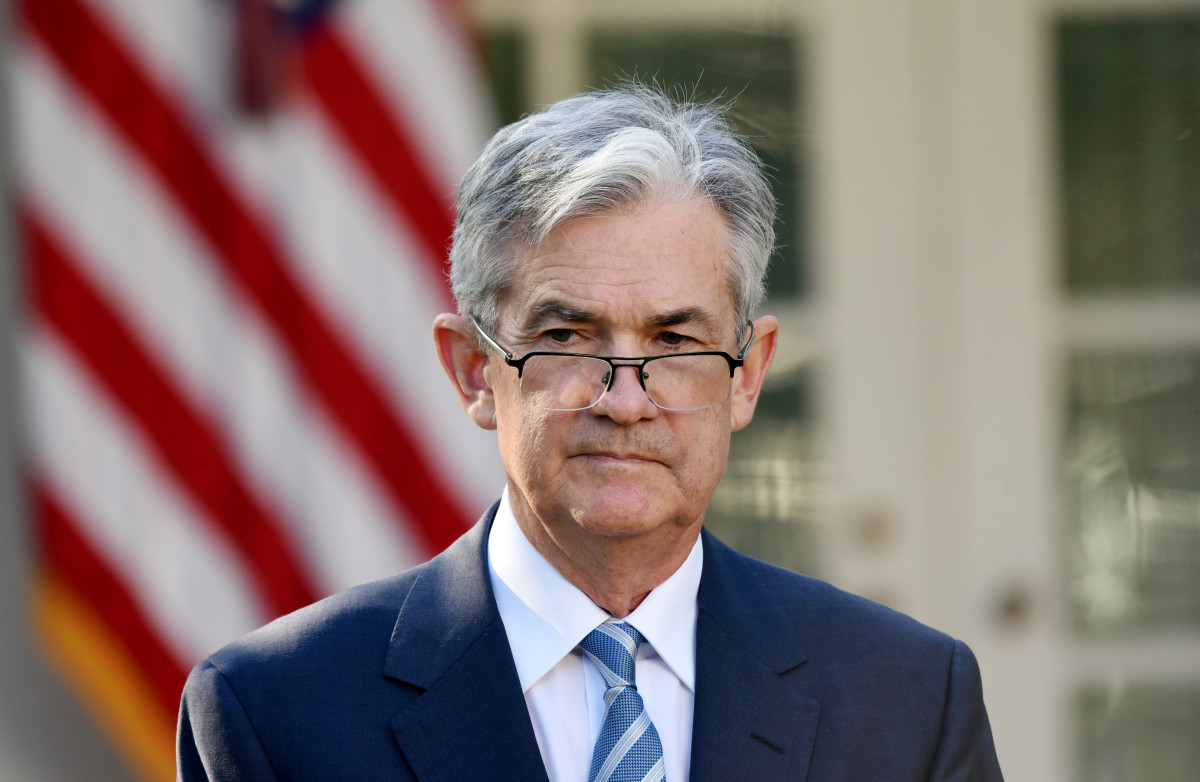
U.S. mortgage rates tumbled the most in two years last week, data from a key industry lobby group indicated Wednesday, as the impact of a big rally in the bond market and signals on autumn Federal Reserve interest-rate cuts provide some much-needed relief to the struggling market.
The Mortgage Bankers Association said the average 30-year fixed rate for conforming loan balances of less than $726,200 fell to 6.55% for the period ended Aug. 3. That's down more than 0.25 percentage point and the lowest since May of last year.
The MBA's seasonally adjusted Purchase Index, which tracks mortgage applications for purchases of single-family homes, rose 0.8% from the previous week while its refinancing index surged 15.9%.
“Mortgage rates decreased across the board last week and mortgage-application volume reached its highest level since January of this year,” said the MBA's chief economist, Joel Kan.
“Refinance applications increased across all loan types and were almost 60% higher than it was at this time last year and were at its highest level in two years,” he added.

Olivier Douliery/Bloomberg via Getty Images
The massive improvement in borrowing costs is tied to one of the biggest bond market rallies of the years, which clipped around 40 basis points, or 0.4 percentage point, from 10-year U.S. Treasury yields, which banks used to calibrate their benchmark lending products.
More Fed interest-rate cuts on tap
The rally was triggered in part by the Fed's indication that it will likely lower its key lending rate, which currently sits at a two-decade high of 5.375%, this fall, as well as by a softer-than-expected July jobs report, which showed a slowdown in hiring and the highest headline unemployment rate in three years.
Further relief on mortgage rates is likely over the final months of they year as well, as Wall Street is betting that the Fed will lower its Federal Funds Rate at each of the central bank's next three meetings.
By December, according to CME Group's closely tracked FedWatch tool, the Federal Funds Rate will be one full percentage point lower and pegged at 4.375%.
Related: Jobs report triggers key recession warning signal as stocks plunge
That could trigger a big decline in average mortgage rates, as 10-year Treasury bond yields adjust to the new Federal Funds Rate.
"The best thing we can do for the housing market is to bring inflation down so that we can bring rates down so that the housing market can continue to normalize," Fed Chairman Jerome Powell told reporters in Washington last month.
"There will still be a national housing shortage, as there was before the pandemic," he added. "But the distortions that we see now with lock-ins and things like that" will ease, Powell added.
Housing market needs homes
Lower rates could also spark a much-needed boost in home construction, which fell to an eight-month low in June as high mortgage rate sapped buyer demand. Permits for new construction were at the lowest levels in a year.
Sales of existing homes are also on the ropes as owners, most of whom are locked in to mortgage rates that are far lower than today's levels, remain reluctant to sell and refinance at higher rates.
Existing-home sales fell the most in nearly two years last month, according to the National Association of Realtors, while median prices rose 4.1% to a record $426,900, reflecting the dearth in new home construction.
Related: Jobs report cements case for bigger Fed interest rate cut
Ian Shepherdson of Pantheon Macroeconomics says, however, it will take a bit longer for lower rate and accelerated construction to flow through the broader housing market.
"The first few Fed rate cuts will do nothing to boost the disposable incomes of most mortgage holders, who locked in very low rates during the pandemic," he said. "They won’t refinance until rates fall considerably further."
More Economic Analysis:
- Black Monday on Wall Street: 5 reasons stocks are plummeting
- After the Fed tipped markets over, now what?
- Jobs report triggers key recession warning signal as stocks plunge
He also argues that lower Fed rates are likely to come as a result of weakening economic conditions, which will further suppress buying demand.
"We doubt that mortgage demand will recover meaningfully soon, as much of any boost from lower rates is likely to be offset by weaker jobs growth and higher unemployment, reducing the number of potential buyers," he added.
Related: Veteran fund manager sees world of pain coming for stocks







